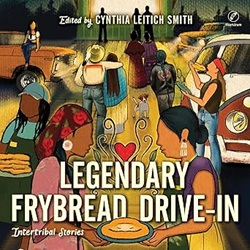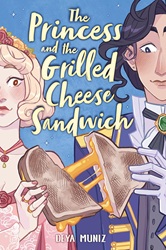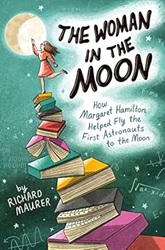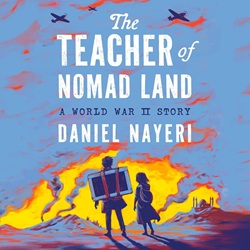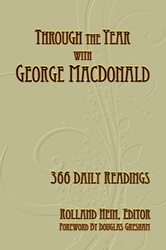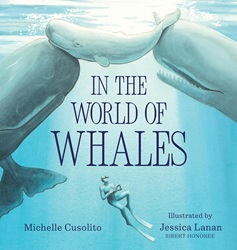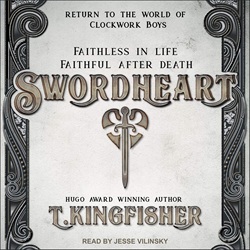Review of Legendary Frybread Drive-In, edited by Cynthia Leitich Smith
Intertribal Stories
edited by Cynthia Leitich Smith
Heartdrum, 2025. 7 hours, 46 minutes.
Review written December 20, 2025, from a library eaudiobook.
Starred Review
Seventeen authors and seven narrators have created this delightful work of art. Here’s how editor Cynthia Leitich Smith describes the magical place at the center of these stories:
Sandy June’s Legendary Frybread Drive-In is a liminal (or in-between) space that feels like home, welcoming Indigenous young heroes and their chosen kin. It’s a refuge, a place of reconciliation, of romance, a warm meal, an Elder’s hug, and artistic inspiration. The grandparents who run it offer happiness, hope, and healing with frybread on the side.
The list of seventeen authors who collaborated on this book is impressive. The four I’d already read award-winning young adult novels from – Darcie Little Badger, Jen Ferguson, Byron Graves, and Angeline Boulley – did not disappoint, but neither did any of the other authors.
The idea behind the book is that Sandy June’s Legendary Frybread Drive-In is a place outside regular time and space. And indigenous people – teens in these stories – can find their way to Sandy June’s from wherever they are in Turtle Island. The path will open up for them when it’s needed. And the food is the best anyone’s ever tasted.
The stories bring together people across generations, show us teens finding true love, grappling with loss, and finding self-confidence and direction.
I probably should have read the book instead of listening (and I still may some day) – but it was easier for the book to get to the top of my audiobook queue than my visual reading queue. But I may have to visually read it again to catch more of the characters who show up in more than one story – and to appreciate it from the beginning as I understand better how the paranormal drive-in works. Or just for the fun of reading it again! This is a set of feel-good stories from a bunch of stellar indigenous authors.
Find this review on Sonderbooks at: www.sonderbooks.com/Teens/legendary_frybread_drive_in.html
Disclosure: I am an Amazon Affiliate, and will earn a small percentage if you order a book on Amazon after clicking through from my site.
Disclaimer: I am a professional librarian, but the views expressed are solely my own, and in no way represent the official views of my employer or of any committee or group of which I am part.
Subscribe for more reviews and talk about books.
Join the conversation: What did you think of this book?
